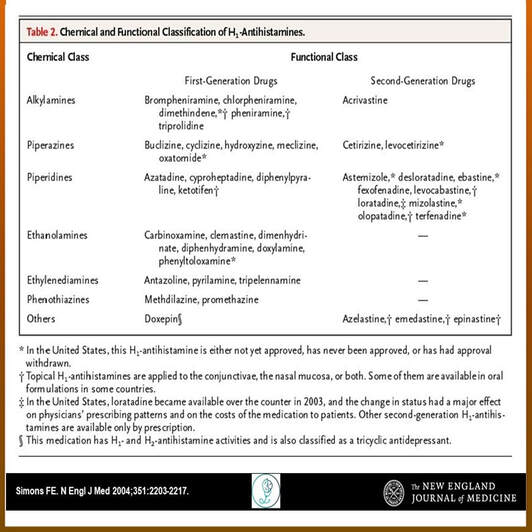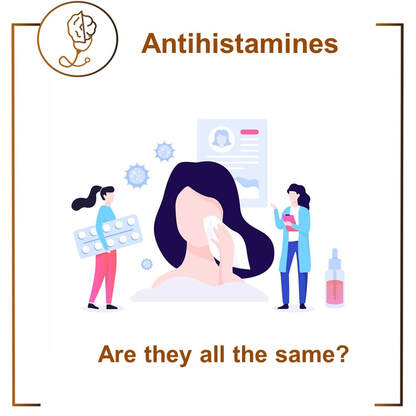Antihistamines

How to wean a baby with Reflux
28/06/2021
Histamine Intolerance
13/09/2021They are the most used class of medication in the USA and the 07th in the UK.
The first one discovered in 1937 was a compound called 933F, followed shortly after by 929F.
The big problem is that both were very toxic to the human being.
In 1942 Antergan and in 1945 Diphynhidramine were discovered.
Second generation were only developed in the 1980s.
Currently, there are over 40 different ones.
- Often people divide them between drowsy and non-drowsy.
- Some others call them slow acting or fast acting.
- The correct name is first generation and second generation.
- Saying this, there is some debate about a potential third generation.

To make matters slightly more confusing, some second generation also have first generation properties.
But we are only talking about the ones acting on H1 receptors.
These are used for all sorts of allergic reactions:
- Food allergy
- Hayfever
- Insect venom allergy
- Allergy to chemicals
- Urticaria or angioedema
- (etc)
What are the main differences?
- All 1st generation and a couple of second generation need to be metabolized in the liver, to become active.
- 1st generation have less afinity for the H1 receptors, than other generations. 2nd generation reaches peak plasma level and onset of action much faster than 1st generation.
- 2nd generation are mainly excreted unchanged in urine (Cetirizine) or faeces (Fexofenadine).
- 1st generation are less specific for H1 receptors and pass the blood-brain barrier, leading to sedating effects.
- Some 2nd generation can also be used topically on the nose or eyes (Azelastine), having a faster effect than when taken by mouth, but must be applied several times a day.
In reality, there are 4 different types of histamine receptors (from H1 to H4).
- H1 was described in 1966
- H2 was described in 1972
- H3 was described in 1983
- H4 was described in 1994
We have antagonists (actual name is reverse agonists) for H1 and H2, but not for the others.
H1 are further divided into 7 different chemical groups.


